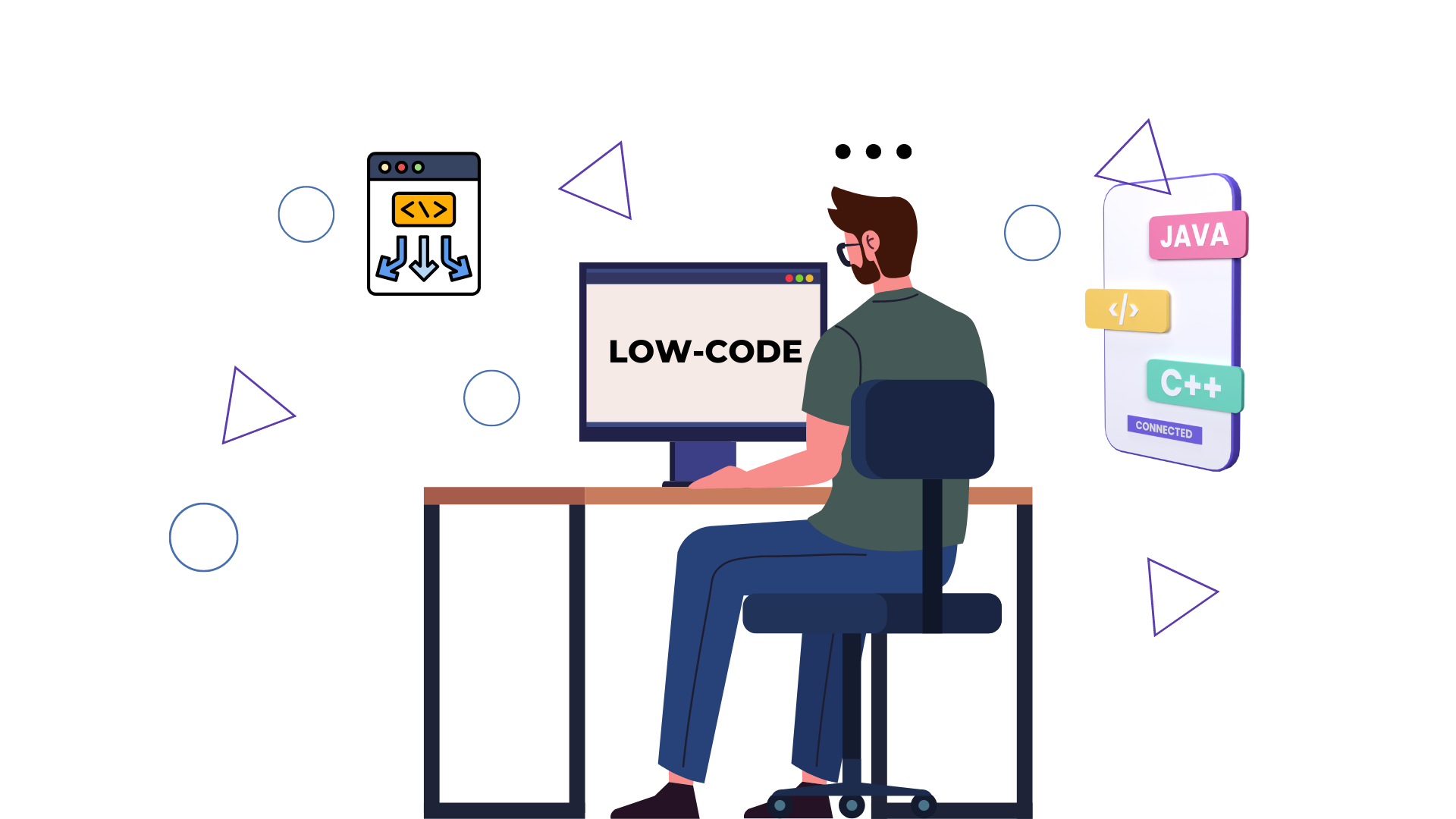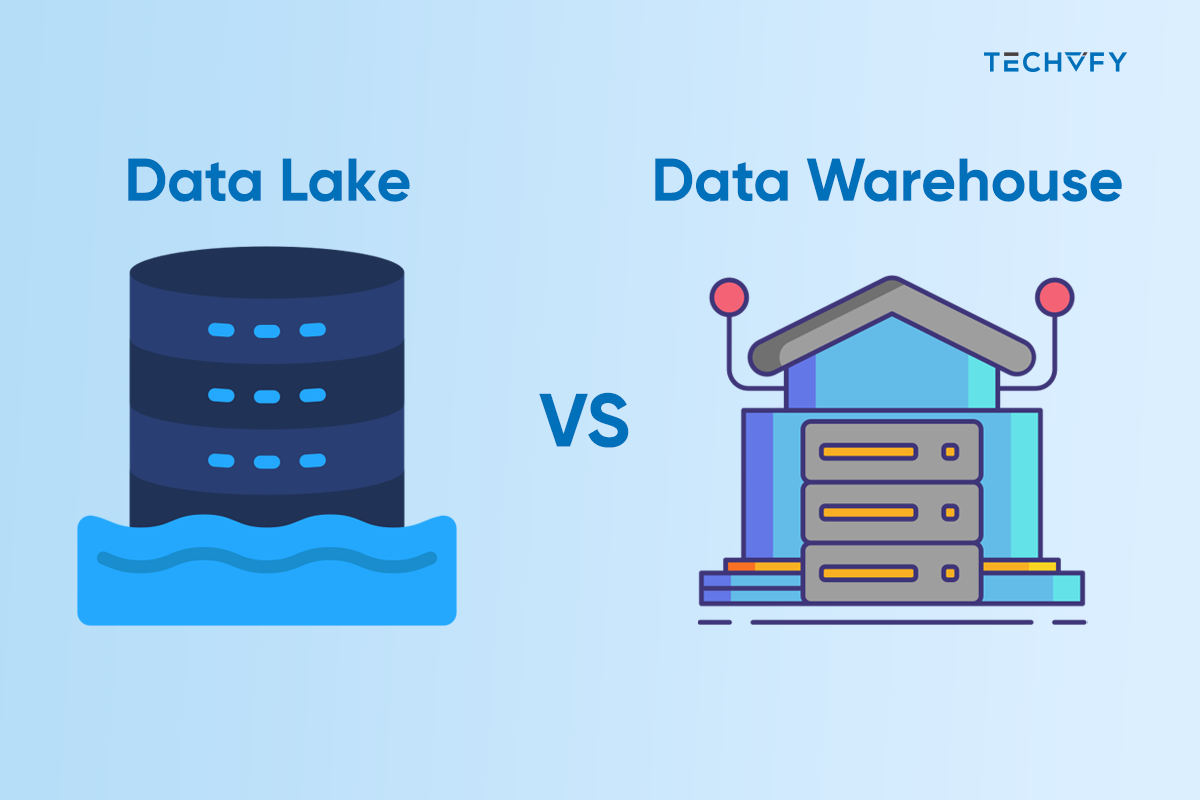In today’s fast-paced business environment, quickly adapting is crucial. Understanding what is low-code and how your company embraces digital transformation can significantly impact your success. Addressing customer needs and maintaining a competitive edge means adopting new strategies like low-code development, essential low code solutions for modern businesses.
Low-code platforms allow businesses to swiftly build and roll out applications, bypassing the need for extensive coding. This approach, central to the low code meaning, accelerates development and boosts efficiency, enabling your team to concentrate on critical applications that enhance customer experiences and streamline business operations.
What is Low-code?
Low-code is an application development approach that transitions from traditional text-based coding to a visual development environment. Utilizing a user-friendly, model-driven, drag-and-drop interface enables individuals across various levels of technical expertise—including professional developers, novice coders, subject matter experts, business stakeholders, and decision-makers—to construct enterprise-grade business applications efficiently.

Benefits of Low-code to Business
| Benefit | Description |
|---|---|
| Lower Barrier To Entry, Cost, And Deployment Time | Simplifies the development process, making it more accessible and reducing the time and cost associated with app development. |
| Legacy Integration | Enables the seamless incorporation of new applications into existing legacy systems, enhancing their functionality and extending their lifespan. |
| Rapid Assembly Of Solutions By A Nontechnical Audience | Enables individuals without technical expertise to assemble and deploy solutions, democratizing app development quickly. |
| Increased Productivity | Streamlines the development process, allowing developers to produce applications faster and more efficiently. |
| Enhanced Customer Experience | Provides tools to create user-friendly interfaces, improving the overall experience for end-users. |
| Agility And Flexibility | Enables swift adaptation to shifting business demands and the flexibility to adapt to new requirements or technologies. |
| Reduced Dependency On IT | Empowers business users to develop their solutions, reducing the workload on IT departments and speeding up the implementation of new applications. |
Check out more articles about Low-code and No-code:
Features of Low-Code Development
Visual Modeling
Drag-and-drop features and a user-friendly visual interface boost productivity for experienced developers and enable citizen developers to create various applications. Through model-driven development, you can see the application’s functionality as it’s constructed, complete with the convenience of one-click deployment for launching.
Reusable Components
Reusable components allow for the creation of cross-platform apps using ready-made modules, logic, templates, connectors, and more. Proficient developers can tailor and expand these elements in a low-code app.
Collaboration Tools
Collaboration tools enable team-based development, offering features for feedback, tracking changes, managing user stories, messaging, and more. The visual aspect of low-code guarantees that every team member is aligned and informed regarding development language.
Scalable Environments
Scalable environments allow for the rapid deployment of new applications and the enhancement of existing ones to satisfy changing customer demands and business needs. Cloud-based low-code platforms offer adaptability, support for ongoing delivery, and scalability during development and run-time as needed.
Data Integration
Data integration enables the safe combination of data and logic from any origin, system, or service, including crucial legacy systems. Develop applications with ready-to-use APIs and connectors, or allow your experienced developers to create bespoke integrations.
Application Lifecycle Management
Low-code supports the entire application development lifecycle, offering tools that simplify project management, requirements handling, version management, testing, deployment, and additional tasks. Comprehensive low-code platforms blend Agile methodologies and DevOps tools into their framework.
Have a Project Idea in Mind?
Get in touch with experts for a free consultation. We’ll help you decide on next steps, explain how the development process is organized, and provide you with a free project estimate.
Why Choose Low-code over Other Coding Methods?
Enhanced Speed and Collaboration
Low-code platforms are known for significantly cutting down on development time, encouraging stronger collaboration between business leaders and IT teams. This method speeds up the building process and ensures the end product closely matches the organization’s objectives, offering cost-effective, user-friendly, and innovative solutions that are crucial for ongoing growth.
Built-in Security
Unlike traditional development approaches that add security features after the fact, low-code platforms include security from the beginning. This early integration of security measures simplifies the development cycle, cutting down on the time needed for thorough testing and modifications to fix security issues, thus saving time for citizen developers and professionals.
Flexible Customization
Low-code development finds the middle ground between the inflexibility of no-code platforms, which allow no customization, and the complexity of traditional coding, which requires a lot of customization. Low-code provides enough adaptability for customization without making it too complicated for users, ensuring the final apps are functional and visually attractive.

How to Pick a Low-code Platform
Selecting the ideal low-code development platform from over 300 available options can be daunting. The key is to find a platform that meets the growing demand for software solutions and addresses specific needs.
Consider the following criteria to guide your selection process:
- Collaborative Integrated Development Environment (IDE): Pick a platform that encourages teamwork with a collaborative IDE. It should allow business users and IT professionals to collaborate easily throughout the app creation. Consider how it lets business stakeholders give feedback, lets many developers work together on one project, manages transitions between developers and business technologists, and resolves conflicts.
- Data Integration: Choose a platform that can easily connect with different systems and data sources. It should simplify developers’ access to and safe use of data from anywhere.
- Application Lifecycle Management: The platform should provide a full range of tools and services to support the entire app creation lifecycle, from the initial idea to launching and managing the app. This approach should help avoid common delays, cut expenses, and enhance the quality of the end product.
- User Experience: Make sure the platform can help you create apps that offer a seamless experience on all devices, including web and mobile.
- Productivity: The platform should have features like drag-and-drop interfaces, reusable components, and tools for working together in real-time. These features should help all developers work more efficiently regardless of their experience level. It should also include easy integration options, the ability to add custom features, and built-in tools for managing the app development process to help developers create complex apps more quickly.
- Cloud Support: Your chosen platform should allow for the development of applications that can grow with your needs and be deployed in the cloud, whether on public, private, hybrid, or even on-premises setups.
Conclusion
Low-code development is a game-changer. It simplifies app building, making it quick and accessible for everyone, tech experts or not. This means faster rollouts, cost savings, and better user and employee experiences. It’s a smart move for any business looking to stay agile and efficient.
That’s where TECHVIFY steps in. Our expertise in application development services allows us to bring your ideas to life. Contact TECHVIFY for expert application development services that make your ideas happen.
TECHVIFY – Global AI & Software Solution Company
From Startups to Industry Leaders: TECHVIFY prioritizes results, not just deliverables. Accelerate your time to market and see ROI early with high-performing teams, AI (including GenAI) Software Solutions, and ODC (Offshore Development Center) services.
- Email: [email protected]
- Phone: (+84)24.77762.666
FAQs
What is Low Code?
Low-code is a method for creating software that focuses on visual development, allowing for quicker app creation with very little coding needed.
What is Low Code Software?
Low-code software refers to platforms that simplify application development by minimizing the need for manual coding. These platforms use a visual development environment where you can drag and drop application components, connect them, and create applications much faster than traditional coding methods. This approach enables professional developers and those without extensive coding knowledge to build applications quickly, efficiently, and with less complexity.





